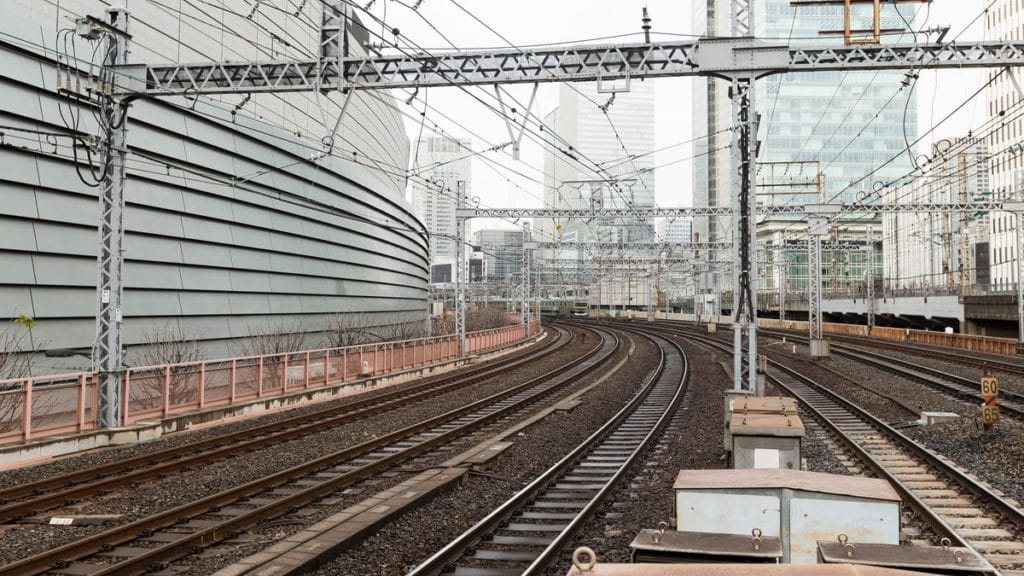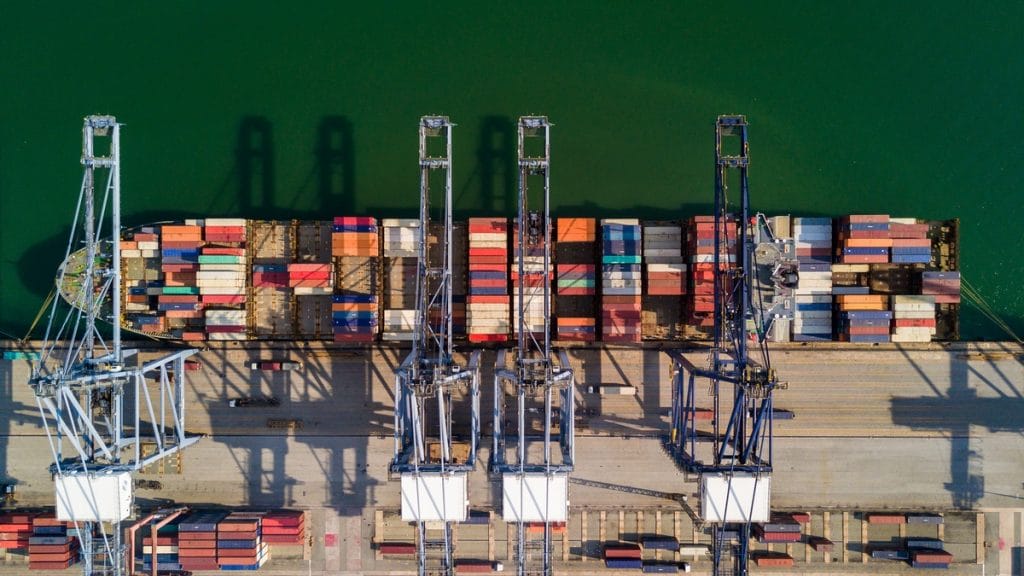Over the last fifteen years, there is one thing that has been inconsistent regarding TWIC cards and railroad workers. That is the lack of verifying railroad workers needed to maintain a valid TWIC by the faculty. When TWIC was introduced in 2008, one of the biggest questions was how to verify a TWIC card for a railroad worker? This problem is especially pertinent knowing they often drop rail cars in the middle of the night or first thing in the morning when staffing levels are lowest. The U.S. Coast Guard answered this question with Policy 05-08, “TWIC Requirements and Rail Access into Secure Areas” (which we’ve included for download at the end of our post).
The issue outlined in policy 05-08 was “What are the Transportation Worker Identification Credential (TWIC)requirements for railroad workers who, through the normal execution of their duties, require unescorted access to secure areas of Maritime Transportation Security Act (MTSA) regulated facilities? In addition, what is the policy that should be followed by facility owners/operators to address rail line access points?”
We know 33 CFR 105.255(a)(4) requires owners/operators to prevent an unescorted individual from entering any area designated as a secure area unless the individual holds a TWIC and is authorized to be in the area. Additionally, individuals without a TWIC, at a minimum, are required to show acceptable identification in accordance with 33 CFR 101.515 and be escorted in accordance with procedures required by 33 CFR 105.255(b)(3) and Navigation and Vessel Inspection Circular (NVIC) 03-07.
The feasibility and the reasoning of certain rail workers presenting a TWIC for inspection, as required by 33 CFR 101.514, before accessing the facility poses unique challenges. Some rail gates are unmanned and are not continuously operated; the train would most likely need to come to a complete stop before entering the facility for TWIC’s to be inspected. In the manner outlined by NVIC 03-07, Escorting railroad crew raises serious safety concerns as only authorized individuals with specialized training should approach, board, transit or work in the vicinity of locomotives, railcars and railroad tracks. In addition to safety issues, attempting to conduct an escort during railroad operations could detract from the owner/operator and rail crew’s ability to observe potential illegal train riders.
The U.S. Coast Guard’s position is that, due to the unique aspects of railroad operations that can impact security at MTSA facilities, all railroad crew servicing secure areas of an MTSA facility should possess a TWIC. The Coast Guard recommends that railroads view a “MTSA facility crew” similar to other job qualification prerequisites, such as remote-control locomotive operations and territory qualification requirements.
How do we escort and monitoring railroad crew while the regulations allow escort and monitoring accommodation that meets NVIC 03-07 for non-TWIC possessing transportation workers? Any accommodation must provide an equivalent level of security and be captured in the approved FSP. The U.S. Coast Guard has suggested the following in policy 05-08:
- Instead of railroad crew presenting TWIC’s for visual examination before accessing a MTSA facility, in accordance with 33 CFR 101.514, their company’s local or regional office/scheduling coordinator could contact the MTSA facility before arrival and provide information on the TWIC status of that train’s crew. If all crew possess a valid TWIC, no further action would be required by the train operator. MTSA facility operators may permit the train to enter the facility without further checking of crew TWICs. For trains providing advanced notice that all crew possesses a TWIC, only periodic spot-checking of TWIC by facility security personnel and COTP personnel is expected. All spot checks should be coordinated with the FSO to ensure the adequate safety of personnel.
- If any member of the train crew does not possess a TWIC, the escorting arrangement for those members would need to be approved by the MTSA facility owner/operator, documented as part of the FSP and approved by the cognizant COTP. This could include checking to ensure all crew members have their identification (as required by 33 CFR 101.515) before the train enters the facility.
- In preparing procedures for acceptable escort and monitoring of the non-TWIC train crew member(s) a front-of-train TWIC holder, the back-of-train non-TWIC holder will generally not qualify as an acceptable arrangement for a locomotive moving multiple railroad cars due to the length of the train and the nature of the work associated with operations. Escorting and monitoring procedures must include the ability to quickly notify facility security personnel if an escorted individual is engaged in activities other than those for which the escorted access was granted. It is also recommended that any non-TWIC crew member(s) remain near the train while in secure areas of an MTSA regulated facility. Both the facility and rail crew are expected to monitor for illegal train riders.
- Trains on “continuous passage” through a facility, with proper monitoring, do not have to stop to present TWIC’s for visual inspection. However, the crew would still need to obtain TWICs. The railroad company’s local or regional office/scheduling coordinator should also provide an arrival schedule, including confirmation that the crew possesses valid TWICs to achieve an equivalent level of security. If the train does stop within a secure area of an MTSA regulated facility, the policy discussion in the previous paragraph applies. The facility FSP should describe the means to be used to monitor trains in “continuous passage,” which could include closed-circuit video, notification of when the train enters/leaves the facility or any other method that ensures that the facility security officer, owner, or operator would be able to respond quickly if the train stops.
Now ask yourself, are you in compliance? For example, when was the last time you inspected the railroad workers that access your facility’s secure areas? The following TWIC/MTSA Policy Advisory Council 05-08 document provides policy guidance you can use to address TWIC requirements when rail access extends into secure areas.




I’m glad to read the well outlined passage on how to take exams on 33 CFR 104.225 and 33 CFR 105.215 to become TWIC Escort at a Maritime Facility. Thanks